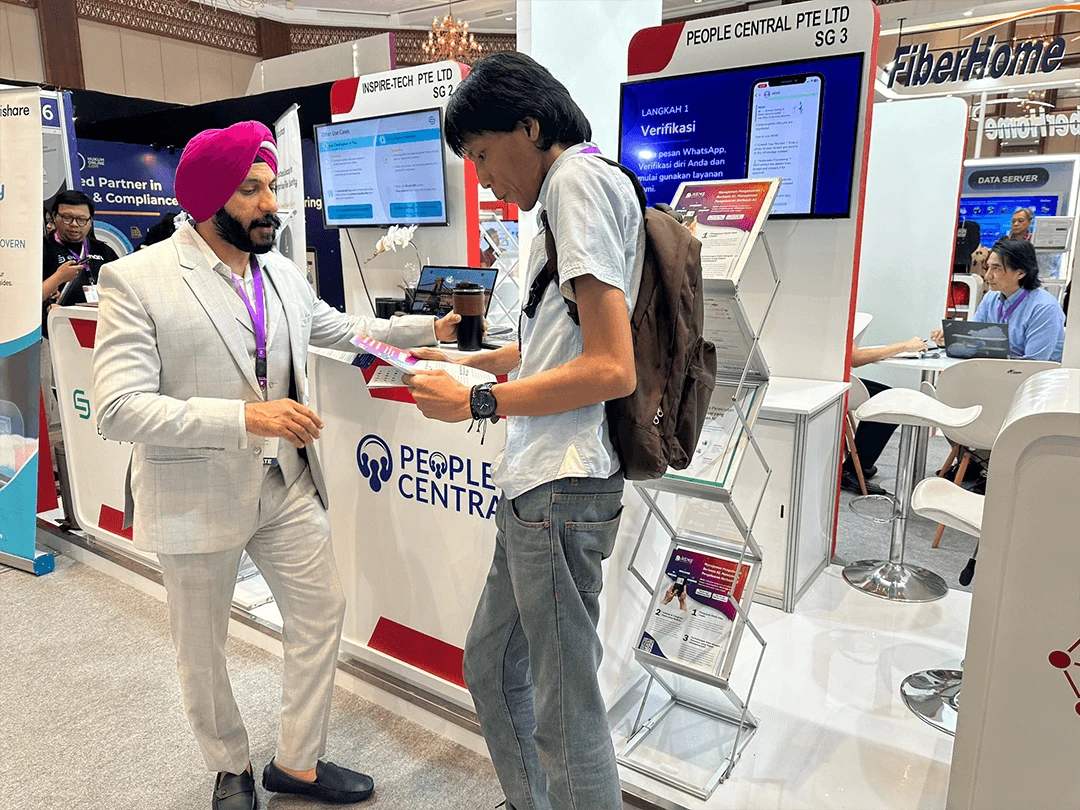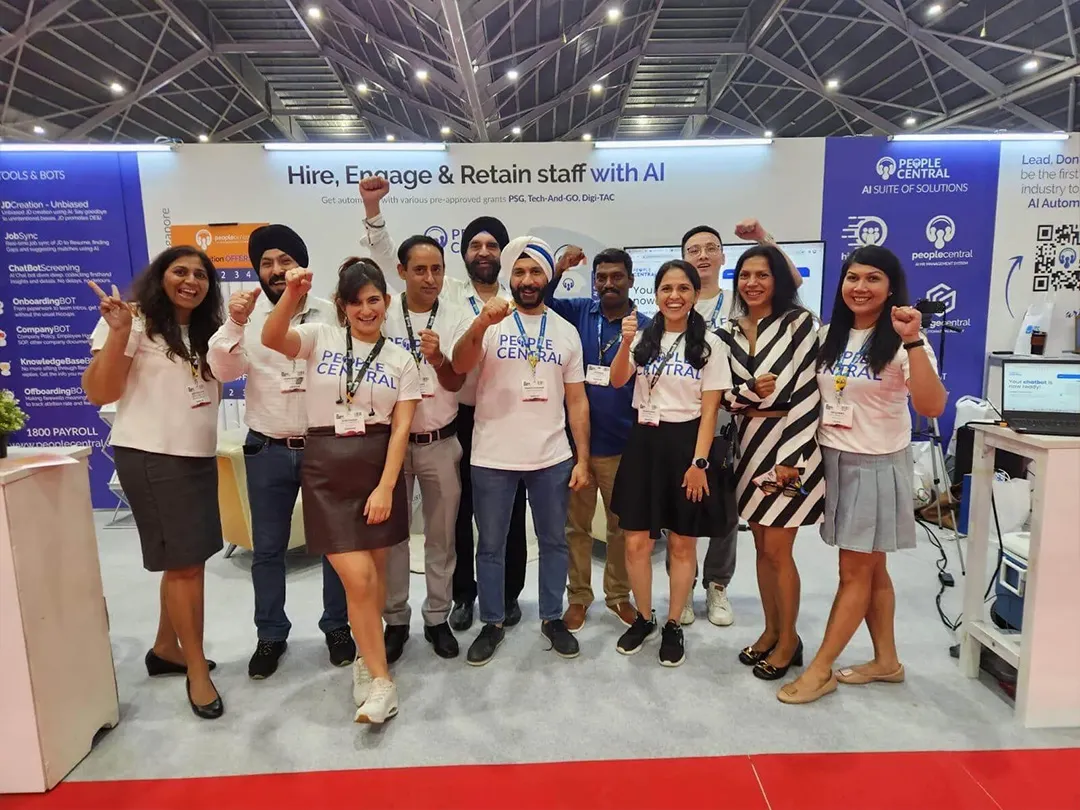Introduction
If you have ever handled HR for a small business, you will understand what I mean when I say that it can get overwhelming. I have been there too. It is too much to handle.
You have to manage the payroll in one spreadsheet and track live in another. Then there are emails for recruitment, and also trying to stay on the right side of the compliance updates, and all of this at once.
And then there is the result of doing all of this manually. There are mistakes, delays, frustrated employees, and too much time lost on repetitive work.
In fact, studies show that 30-40% of HR’s time is spent on routine tasks that could easily be automated. For small teams, that is the time you simply cannot afford to waste.
Through this article, let’s find a better way to run HR- one that saves time and gives small businesses the freedom to focus on growth and not the paperwork.
What is an HRMS Portal?
An HRMS portal (Human Resource Management System) is an integrated cloud-based platform that centralizes all HR functions.
So, instead of handling ten different spreadsheets and tools, you just log into one platform and it’s all there. It has made our HR work so much simpler, more organised, and a lot more secure.
Also Read: Exploring the Future: FWA 2025 Insights
Key Benefits for SMBs
Here are a few benefits of HRMS for SMBs:
Automate Time-Consuming HR Tasks
Do you have any idea how much time payroll and onboarding can take? A lot of time, but with an HRMS, a lot of that gets automated. Things like leave, approvals, or payroll calculations get done in just a few clicks.
There is a mid-sized landscaping company, GreenThumb, and they cut down their manual HR workload by 40%, just by switching to a cloud HRIS.
Improves Accuracy and Compliance
One of the biggest headaches in HR is getting payroll and compliance right. With an HRMS, the system handles statutory calculations and reduces errors.
Around 69% of small businesses saw faster payroll processing and better compliance once they started using these platforms.
Saves Time and Costs
The good thing is, these systems are pretty affordable, most of them are subscription-based, and they cost maybe $5 to $20 per month.
A lot of businesses actually make that money back in less than a year by just cutting down admin time and fixing fewer errors. It is way cheaper than hiring extra HR staff.
Empowers Employees with Self-Service
Another thing that I really like is that employees don’t have to contact HR for every little thing. They can apply for leave, check their payslips, and update their personal info and everything else right from the portal.
It cuts down on repeated emails and routine questions by up to 40% and makes everyone’s life easier.
Provides Data-Driven InSights
When all your HR data is in one place, you start seeing trends you would normally miss. You get dashboards showing turnover rates, overtime, and even team performance.
Companies that actually use these insights say they make decisions 33% faster compared to those relying on scattered data.
Scales Easily as You Grow
The best part? These platforms grow with you. You can start small and add features or users as your team expands. No need to overhaul the whole system.
So if you are opening a new branch or growing your headcount, the system just keeps up with you.
Regional HRMS Built for Real Business Needs
Now, there are plenty of HRMS platforms for small and mid-sized businesses, but if you are operating in the Asia-Pacific region, PeopleCentral really stands out. It has everything in one place, be it employee records, payroll, leave, performance reviews, and even compliance tools. These are all integrated in the cloud, which makes things so much easier.
And it’s not just the features. People genuinely like using it. For example, Snip Avenue shared that they can finish payroll for the whole company in just 10–15 minutes each month thanks to PeopleCentral.
Then there’s Singapore Petroleum Corporation, which uses it across more than 40 fuel stations, while still managing things centrally from its HQ.
What makes PeopleCentral really relevant here is how it handles local compliance, like CPF and IRAS e-filing automatically.
Add biometric mobile attendance and real-time updates, and you’ve got a system that takes a lot off your plate without needing to babysit it.
Also Read: Top Benefits of Using AI for Human Resources in 2025
Implementation Challenges and How to Overcome Them
Change Resistance: One thing to keep in mind is that when you first introduce an HRMS, not everyone’s going to jump on board right away. Some employees might resist using a new system, especially if they are used to old ways of doing things.
What really helps is giving them proper training and encouraging them to try out the self-service features. Once they see how easy it is, the resistance usually fades.
Initial Setup Costs: There is some effort involved in setting things up. Even though most HRMS platforms are affordable, the initial rollout can take time and planning. What some businesses do is go for a phased rollout or tap into government grants to ease that burden a bit.
Data Security Concerns: There is always the question of data security. That’s why it’s super important to go with a platform that has strong encryption, role-based access, and secure cloud hosting. You want to know that your employees’ information is in safe hands.
Conclusion
In the end, I’ll just say that if you run a small or medium business, using an HRMS is really important now. It saves time, cuts down on mistakes, keeps you on the right side of the law, and makes things easier for your team.
With the right system, you will spend less time on admin and more time building your business and supporting your people.

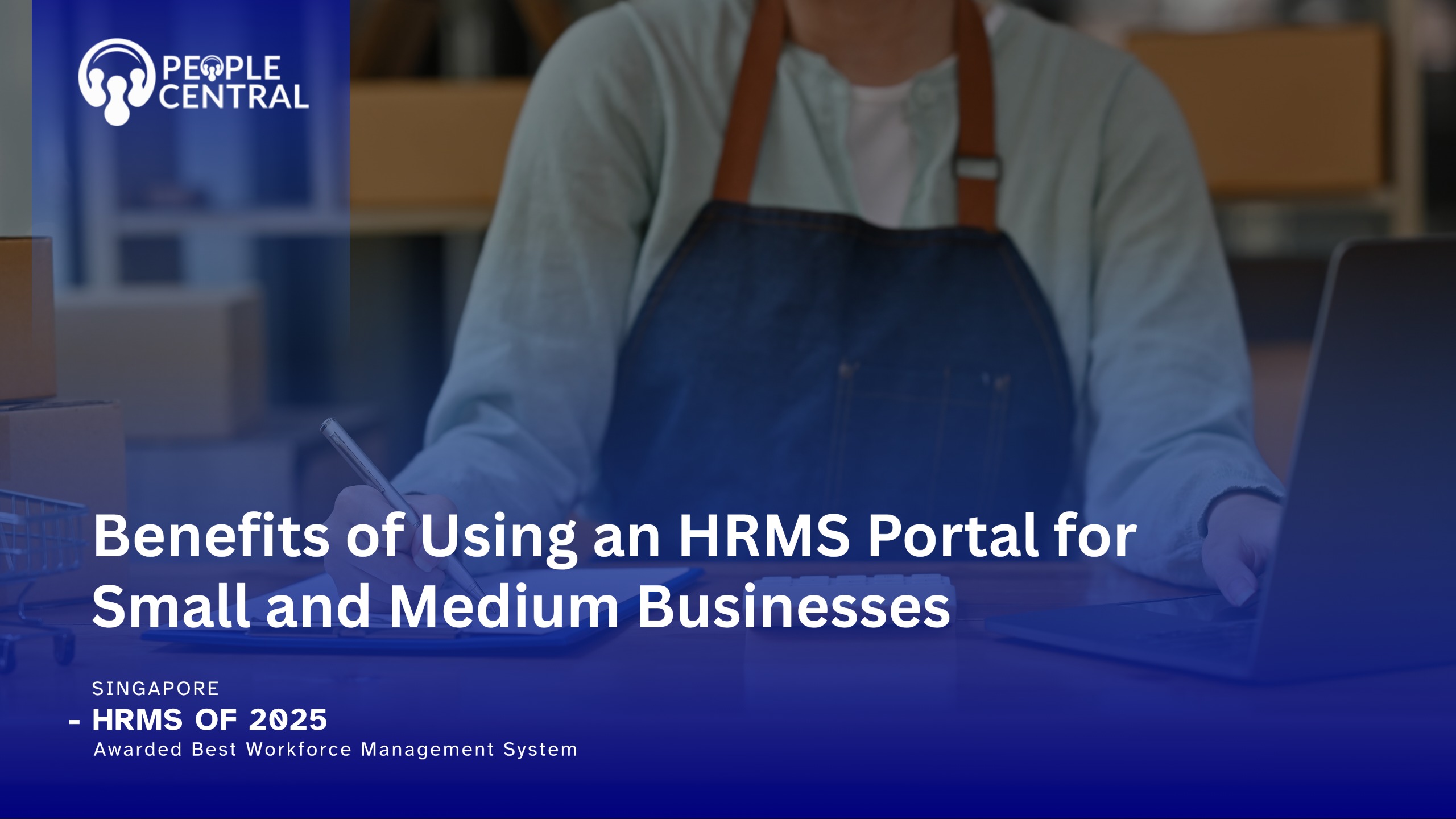

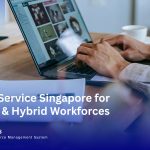


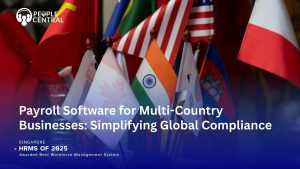

 5
5

















